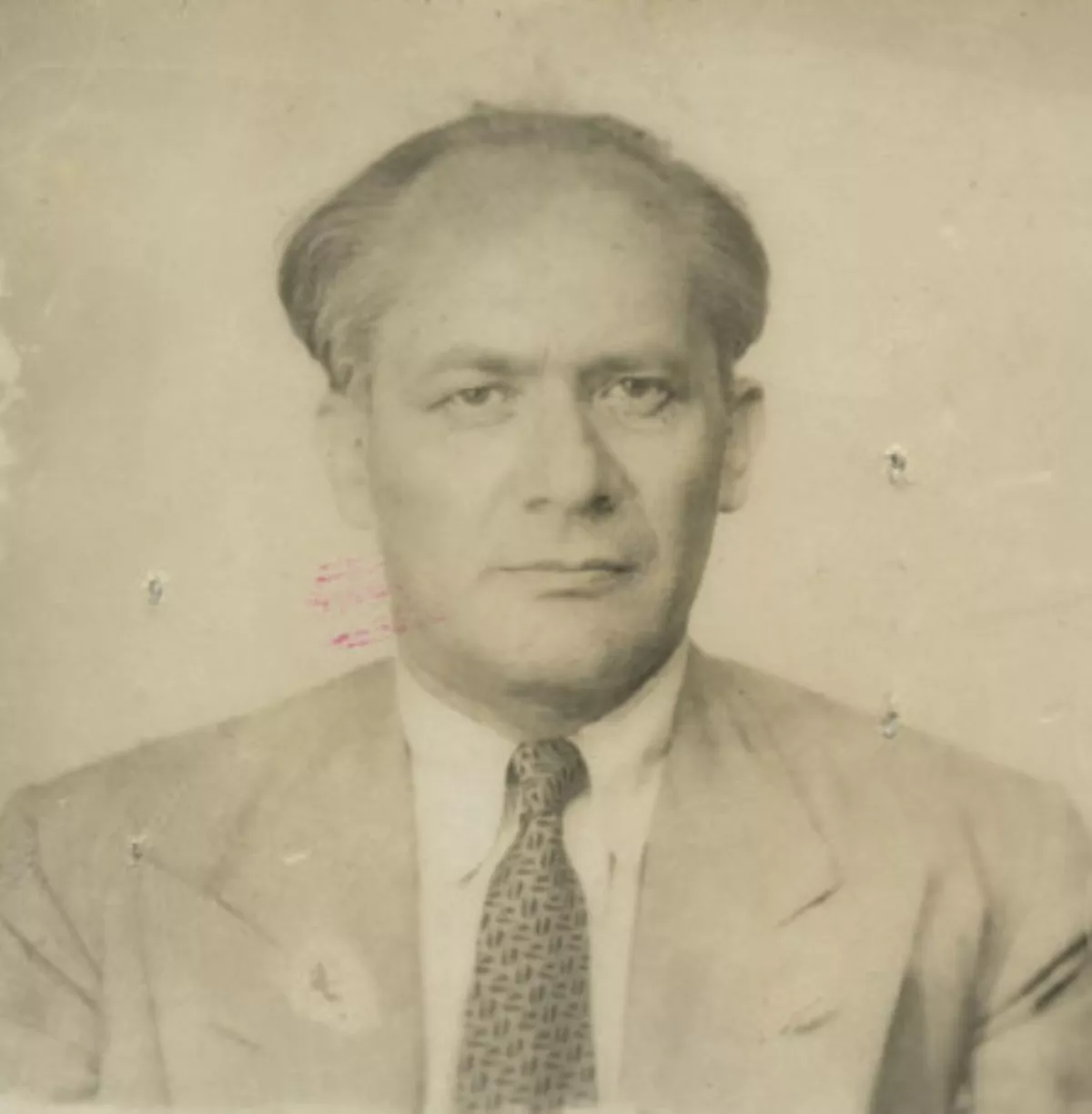 1.
1. Raphael Lemkin was a Polish lawyer who is known for coining the term "genocide" and for campaigning to establish the Genocide Convention, which legally defines the act.

 1.
1. Raphael Lemkin was a Polish lawyer who is known for coining the term "genocide" and for campaigning to establish the Genocide Convention, which legally defines the act.
The concept of genocide was defined by Raphael Lemkin to refer to the various extermination campaigns that Nazi Germany conducted in an attempt to wipe out entire ethnic groups, including the Holocaust, in which he personally lost 49 family members.
Raphael Lemkin committed the rest of his life to preventing the rise of "future Hitlers" by pushing for an appropriate international convention.
Raphael Lemkin grew up in a Polish Jewish family on a large farm near Wolkowysk and was one of three children born to Jozef Lemkin and Bella nee Pomeranz.
Raphael Lemkin's father was a farmer and his mother an intellectual, painter, linguist, and philosophy student with a large collection of books on literature and history.
Raphael Lemkin apparently came across the concept of mass atrocities while, at the age of 12, reading Quo Vadis by Henryk Sienkiewicz, in particular the passage where Nero threw Christians to the lions.
Raphael Lemkin was a polyglot, fluent in nine languages and reading fourteen.
Raphael Lemkin's first published book was a 1926 translation of the Hayim Nahman Bialik Hebrew novella "Behind the Fence" into Polish, with the title Noah and Marinka.
Raphael Lemkin became interested in war crimes upon learning about the 1921 trial of Soghomon Tehlirian for the assassination of Talaat Pasha.
Raphael Lemkin then moved on to Heidelberg University in Germany to study philosophy, returning to Lwow to study law in 1926.
Raphael Lemkin was a columnist in the Warsaw-based Yiddish Zionist newspaper Tsienistishe velt.
Raphael Lemkin worked as an Assistant Prosecutor in the District Court of Brzezany and Warsaw, followed by a private legal practice in Warsaw.
From 1929 to 1934, Raphael Lemkin was the Public Prosecutor for the district court of Warsaw.
Raphael Lemkin, working with Duke University law professor Malcolm McDermott, translated The Polish Penal Code of 1932 from Polish to English.
In 1933 Raphael Lemkin made a presentation to the Legal Council of the League of Nations conference on international criminal law in Madrid, for which he prepared an essay on the Crime of Barbarity as a crime against international law.
In 1937, Raphael Lemkin was appointed a member of the Polish mission to the 4th Congress on Criminal Law in Paris, where he introduced the possibility of defending peace through criminal law.
Raphael Lemkin left Warsaw on 6 September 1939 and made his way north-east towards Wolkowysk.
Raphael Lemkin was caught between the invaders, the Germans in the west, and the Soviets who then approached from the east.
Raphael Lemkin barely evaded German capture, and traveled through Lithuania to reach Sweden by early spring of 1940.
Raphael Lemkin spent much time in the central library of Stockholm, gathering, translating and analysing the documents he collected, looking for patterns of German behaviour.
Raphael Lemkin's work led him to see the wholesale destruction of the nations over which Germans took control as an overall aim.
Some documents Raphael Lemkin analysed had been signed by Hitler, implementing ideas of Mein Kampf on Lebensraum, new living space to be inhabited by Germans.
Raphael Lemkin did however successfully help his brother and family to emigrate to Montreal, Quebec, Canada in 1948.
Raphael Lemkin wrote Military Government in Europe, a preliminary version of what would become, in two years, his magnum opus, entitled Axis Rule in Occupied Europe.
In 1943 Raphael Lemkin was appointed consultant to the US Board of Economic Warfare and Foreign Economic Administration and later became a special adviser on foreign affairs to the War Department, largely due to his expertise in international law.
In 1945 to 1946, Lemkin became an advisor to Supreme Court of the United States Justice and Nuremberg Trial chief counsel Robert H Jackson.
Raphael Lemkin continued his campaign for international laws defining and forbidding genocide, which he had championed ever since the Madrid conference of 1933.
Raphael Lemkin proposed a similar ban on crimes against humanity during the Paris Peace Conference of 1945, but his proposal was turned down.
Raphael Lemkin presented a draft resolution for a Genocide Convention treaty to a number of countries, in an effort to persuade them to sponsor the resolution.
Between 1953 and 1957, Raphael Lemkin worked directly with representatives of several governments, such as Egypt, to outlaw genocide under the domestic penal codes of these countries.
Raphael Lemkin worked with a team of lawyers from Arab delegations at the United Nations to build a case to prosecute French officials for genocide in Algeria.
Raphael Lemkin applied the term 'genocide' in his 1953 article "Soviet Genocide in Ukraine", which he presented as a speech in New York City.
Raphael Lemkin was buried in Flushing, Queens, at Mount Hebron Cemetery.
At the time of his death, Raphael Lemkin left several unfinished works, including an Introduction to the Study of Genocide and an ambitious three-volume History of Genocide that contained seventy proposed chapters and a book-length analysis of Nazi war crimes at Nuremberg.
The United States, Raphael Lemkin's adopted country, did not ratify the Genocide Convention during his lifetime.
Raphael Lemkin believed that his efforts to prevent genocide had failed.
Raphael Lemkin was profiled in the 2014 American documentary film, Watchers of the Sky.